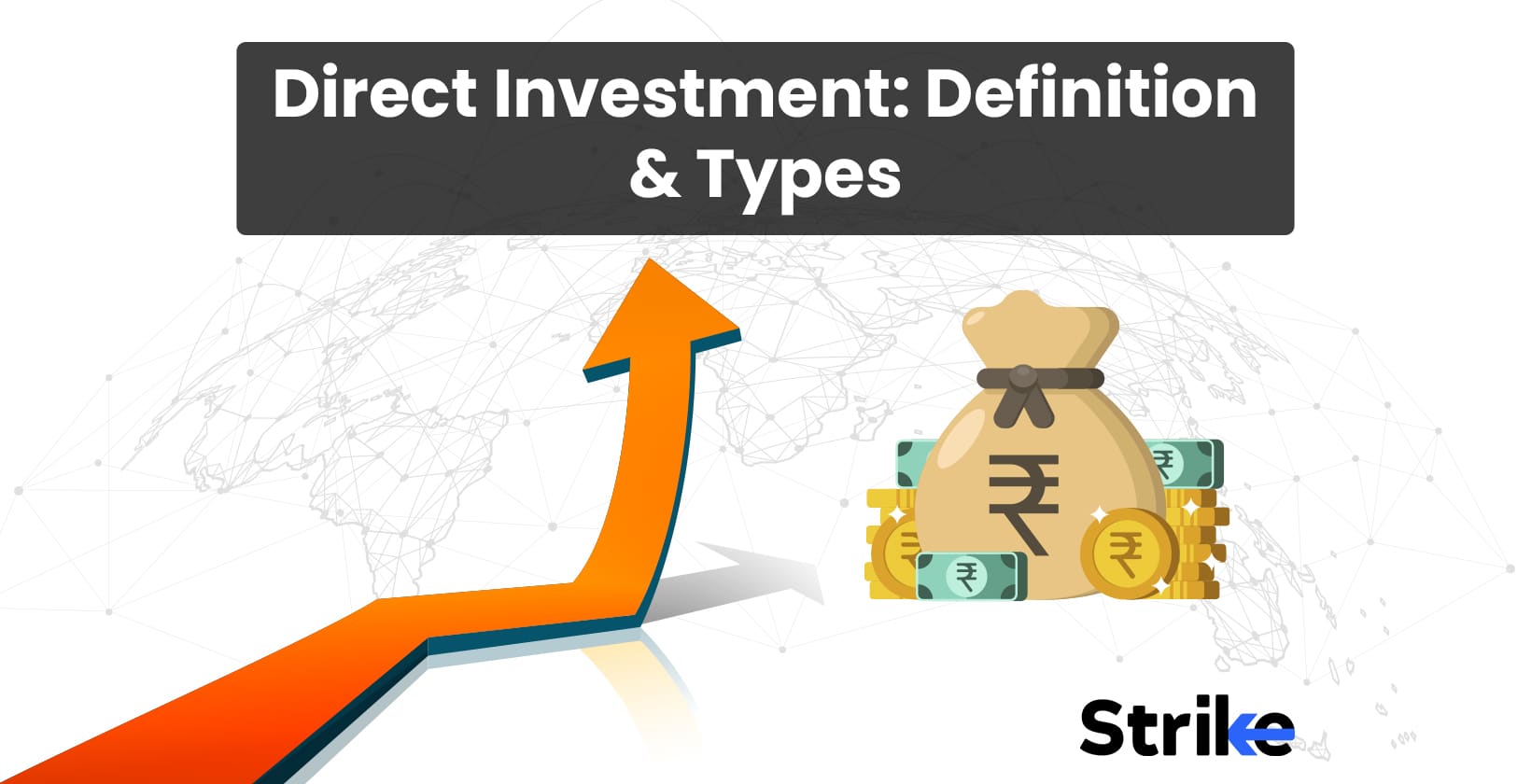
Direct Investment, also synonymously called Foreign Direct Investment(FDI) is when investors of one country buy and sell properties or other commodities and assets of another country. The direct investment would require the investor to make decisions on a daily basis and will need to keep an eye on the asset and everything associated with the sale. A majority of the investment activities that take place are direct investments. There can be middlemen, but the direct investor will have a direct connection with the asset that they are buying. Indirect Investment will not have that direct connection. Investors will not know where exactly they are investing. A good example would be mutual funds and exchange-traded funds.
Direct investing means investing directly in a company by owning their shares and thus having control and being one of the shareholders of the company. It could also mean investing in real estate, business ownership, natural resources, collectibles, etc. Direct investments are risky, as the investor is solely responsible for the success or failure of the investment. But it can also provide significant returns if the investment is successful.
Direct Investment is also something huge companies do to expand their businesses. It is not just individual investors or institutional investors that do direct investments. Companies invite and invest in other companies thereby being partial owners. Direct investment in foreign markets also comes with many challenges, including legal hurdles and cultural differences.
What does Direct Investment mean?
Direct investment or Foreign Direct Investment refers to a kind of direct investment that occurs when a company or an individual from one nation invests in a business or entity that is located in another nation. It means acquiring controlling power by owning 10% of the shares of a company in a foreign country. This is usually done when a company is in the process of expansion. It could be in the form of mergers and acquisitions, building new facilities in different countries thereby inviting investors or even loaning out a part of the company for business purposes.
Direct investment refers to when an investor or group of investors buys a controlling or significant stake in a company. This kind of investment requires taking an active role in the management of the company, and it also involves the transfer of capital, technology, or expertise. The investor offers the company strategic guidance and support in order to assist the business in growing and expanding. Direct investment is a reliable source of capital over the long term and can result in significant returns if the business does well.
FDI is a key factor in economic expansion and development because it has the potential to be a sustainable source of capital and yields substantial profits for investors if the investment is successful over the long term. FDI also aids the economy of growing countries. FDI does this by bringing in money and thereby growth and employment to the people in the country.
How does Direct Investment function?
Foreign Direct Investment(FDI) is a practice that all developing nations like India and other countries in the South Pacific and Asia, adopt to increase the income flow as well as to create equity in the market. The main function of FDI is to provide a helping hand to struggling industries and therefore, the government of India included, would try to enable and invite foreign direct investment to promote industries like IT, defense, manufacturing etc. This is done when companies that are based in different countries come to India to set up their branch and even launch other brands under the mother company to cater to the Indian audience. A second method of FDI is when Indian companies themselves invite investors from abroad to invest in their company when they are starting a new branch abroad. Investing in these companies would give the shareholder the power to make an impact and control power.
What are the Main Types of Direct Investment?
Foreign Direct Investment has 4 main types and they are Vertical FDI, Conglomerate FDI, Horizontal FDI, etc.
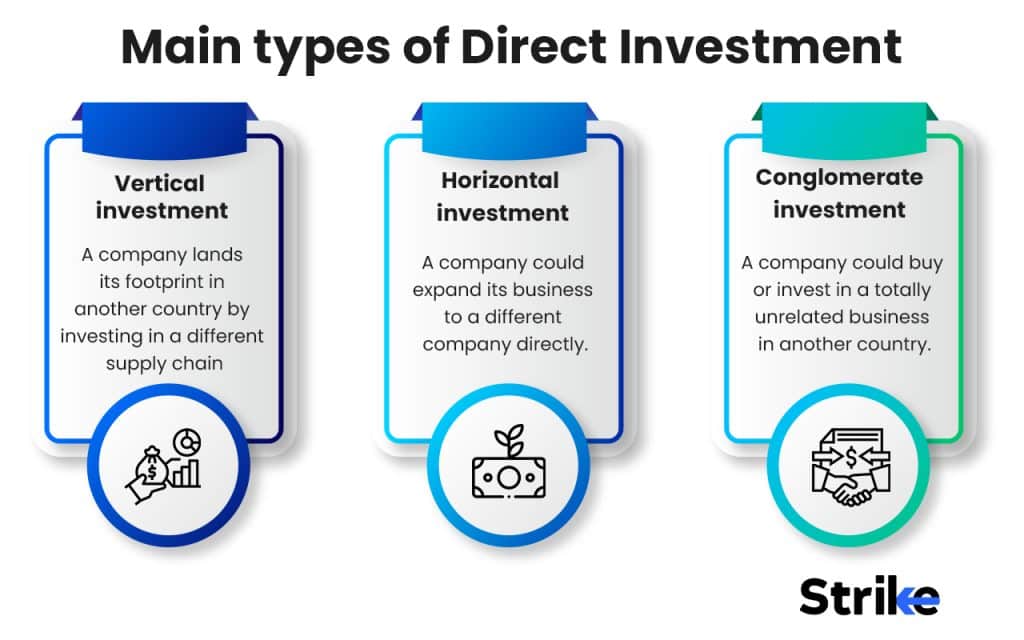
More details about them with their pros, cons, and comparisons are given below.
1. Vertical FDI.
Vertical FDI occurs when a company expands its operations by acquiring a business that operates within the same supply chain. Vertical FDI means that a company will have a supplier or a manufacturer in another country. It could even be someone or a sister company that provides services to the parent company. This type of FDI shows that the company has got businesses in other sectors as well or is dependent on other sectors. For instance, imagine a restaurant chain that sells chicken. This company would also invest in a poultry farm for their products. This shows the farm comes in the supply chain of the restaurant company.
The pros of this type of FDI include low costs of production, improved quality control, and streamlined supply chain management. The cons, on the other hand, would be, a loss of flexibility in sourcing inputs, and dependence on the acquired business.
2. Conglomerate FDI
Conglomerate FDI is a type of Foreign Direct Investment wherein the company invests in another unrelated business in another country. This scenario says that the company is venturing into a new business, that too in a new country. The risk factor is twofold in this case but not impossible to succeed. An example of this which can be relatable to Indians is when Walmart, a US-based retail chain, invested in Tata Motors, an Indian-based company.
The pros of conglomerate FDI include portfolio diversification and reduced reliance on a single line of business. The negative sides of the same include a lack of synergies between the two businesses and a higher risk of failure due to a lack of expertise in the new business.
3. Horizontal FDI
Horizontal FDI is the type where the company is expanding its operations to different countries. This means that whatever the company has been doing in their home country, they would continue it in the foreign country as well. This is like opening up an Apple store in different countries. All Apple stores sell gadgets and products. But it will be a different scenario if one day they just open a store in a country to sell apple fruits. That will be Conglomerate FDI. A fast food chain acquiring another fast food chain is an example of horizontal FDI is a common example of horizontal FDI that happens often. Zomato acquiring uber eats is a real-life example in this case.
Some of the pros of Horizontal FDI include gaining access to new markets, leveraging economies of scale to reduce production costs, and diversifying risk by expanding into multiple regions. And the disadvantages include facing competition from local firms that have established market share and lack of flexibility since the company is bigger now.
How to Invest in Foreign Direct Investment?
Investing in foreign direct investment requires a significant amount of capital and is suitable for all investors. Generally, an investor can invest in FDI by purchasing shares of a foreign company or by establishing a business in a foreign country. Individuals must first research and analyze potential investments to determine the best market, sector, and target company. Investors should consider the risks involved in investing in a foreign country, including political instability, currency fluctuations, and legal regulations.
What are the benefits of Direct Investment?
Direct Investment or FDI is a necessary practice for the growth of an economy and more so for the growth of a developing nation. Five of the major advantages of FDI are given below.
- Economic Growth
The foreign direct investment brings new ventures to a country. This means many people will be hired to work for these companies. FDI, therefore, helps in employment and which, in turn, leads to development as people will have more purchasing power.
- Capital Formation and Equity
Foreign Direct Investment brings an inflow of cash and there will be more equity in the market. This enables new market trends and traders and investors make use of it.
- Creates a competitive market
FDI helps in maintaining market competitiveness and limits market monopoly to an extent. New businesses in the country have healthy competition which will help maintain the quality of products and new advancements.
- Access to fresh capital
FDI offers businesses access to additional capital that will allow them to expand and improve their operations.
- Technological advent
Foreign Direct Investment also brings advanced technologies and management practices into a country, which can make local businesses more competitive.
These advantages make FDI an essential strategy for developing nations to attract foreign capital and promote sustainable growth.
What are the disadvantages of Direct Investment?
Direct Investment has negatives, although it is necessary for a developing nation. The three main disadvantages of Foreign Direct Investment are given below.
- Neglecting domestic investment
There is a possibility for the country’s investors to neglect the country’s companies and their products. They will end up looking for companies that have an international base. This is detrimental to local companies and they might even be flushed out of the market.
- Geopolitical changes
Foreign Direct Investments are always at risk of geopolitical changes. A sudden trade war between two countries will jeopardize the business connections fostered between them.
- Exchange rates
Different exchange rates mean that the value of the product will be different in different countries. There are chances that the exchange rates won’t align since the currencies are fluctuating.
There is always a risk factor in every kind of investment, and Foreign Direct Investments are no exception. But understanding the risks of FDI will help investors and companies thread safely.
What are examples of Foreign Direct Investment in India?
Walmart’s acquisition of Flipkart, a leading Indian e-commerce company is one the biggest FDI India has ever seen. The deal was for $16 billion and helped Walmart enter the Indian market. Another is British oil and gas corporation BP’s joint venture with Indian energy company Reliance Industries. Singapore-based investment company Temasek Holdings has invested in Indian companies across sectors, including finance, healthcare, and agribusiness. Global technology leader IBM has established a research and development center in Bangalore, India. These are some instances of foreign direct investment that have contributed to the growth of the Indian economy.
Are stocks a Direct or Indirect Investment?
Stocks could be both direct and indirect investments depending on how they are acquired. It is a direct investment if an investor purchases stocks directly from a company. But buying stocks through a mutual fund or an exchange-traded fund (ETF) is an indirect investment. An investor does not own the underlying assets in the latter but instead owns a share of the fund that invests in those assets.
Is it a wise idea to put your Investment into Direct Investment?
Yes, investing in direct investment is a wise idea in general. Direct investments yield substantial profits for investors if the investment is successful over the long term, and it can also aid in the growth and employment of a country’s economy.
Is it more profitable to invest in Foreign Direct Investment?
Yes, investing in foreign direct investment could be more profitable than investing in domestic investment, but comes with higher risks due to foreign exchange, political instability, and market conditions specific to the foreign country.
Is Direct Investment Better than Indirect Investment?
Comparing direct and indirect investment is complex and depends on multiple factors such as investment goals, risk tolerance, and market conditions. Direct investment yields higher returns but is riskier and requires more capital, research, and effort. Indirect investment, on the other hand, offers diversification, flexibility, and ease of access. The best investment strategy depends on individual circumstances and preferences.
What is the difference between Indirect and Direct Investment?
Direct investment involves the investor owning the assets or securities, while indirect investment involves owning a share of a fund that invests in those assets or securities. One example of direct investment is purchasing stocks directly from a company, while an example of indirect investment is buying stocks through a mutual fund or ETF.
What is the difference between Foreign Direct Investment (FDI) and Foreign Portfolio Investment (FPI)?
Foreign Direct Investment (FDI) involves investing in a foreign company, establishing a business in a foreign country, or acquiring a business in a foreign country. FPI, on the other hand, involves investing in foreign stocks and bonds without actively managing or owning a foreign business. FPI is typically shorter-term or portfolio-based, while FDI is long-term based. FDI seeks to establish a lasting interest in a foreign business, while FPI is more interested in short-term financial gain.




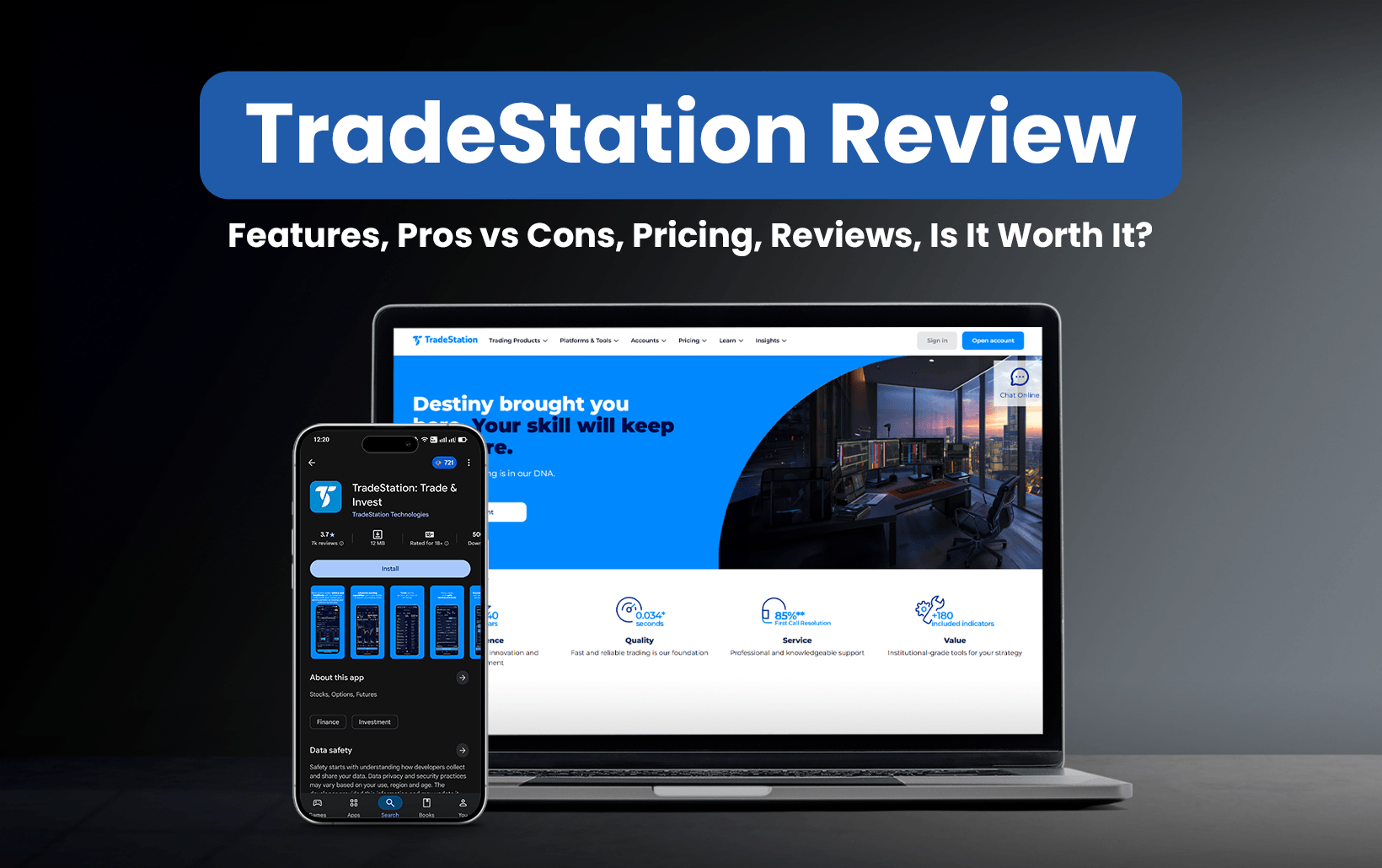
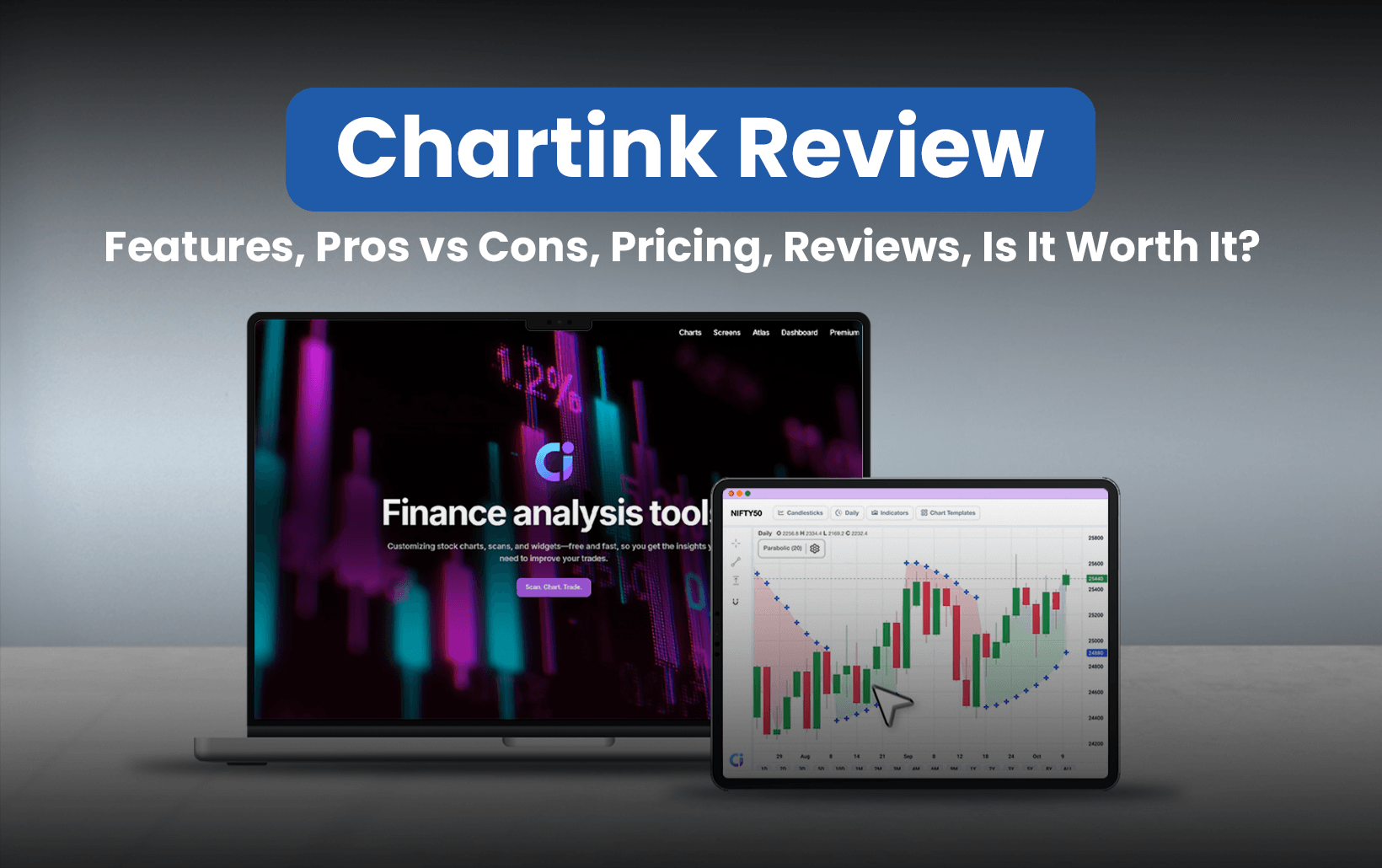

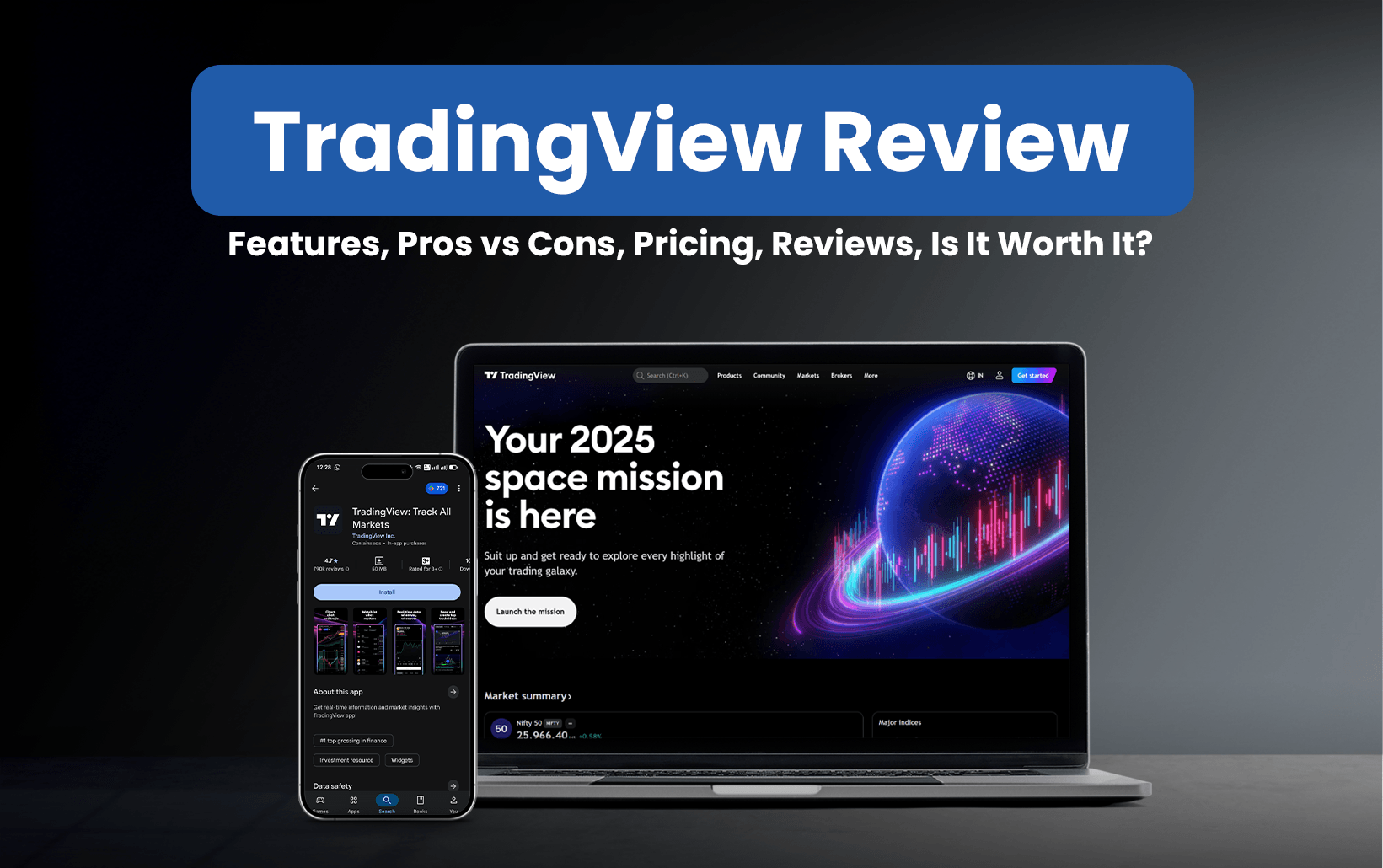
![85 Common Stock Market Terminologies for Dummies [Updated List for 2026] 9 85 Common Stock Market Terminologies for Dummies [Updated List for 2025]](https://www.strike.money/wp-content/uploads/2025/04/Popular-Stock-Market-Terms-for-Beginners-Banner.png)











No Comments Yet.